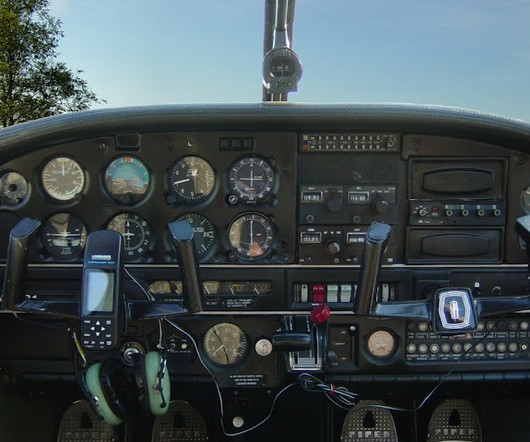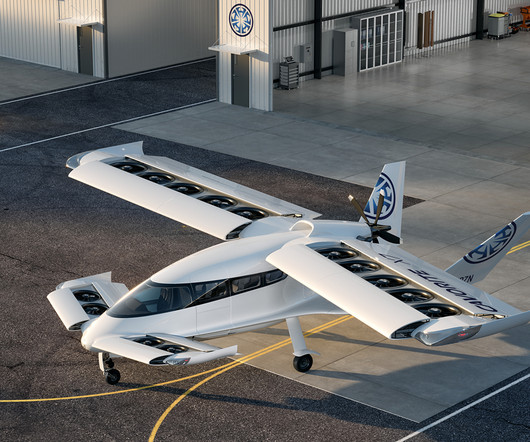Alaska Caravan Found Overweight Before Fatal Crash
AV Web
MARCH 20, 2025
The report stated that the plane’s estimated gross weight at departure was approximately 9,865 pounds, which exceeded the maximum allowed takeoff weight for flights in areas with forecasted icing conditions by about 1,058 pounds. Approximately three minutes later, the autopilot disengaged when the airspeed was 99 knots.














Let's personalize your content